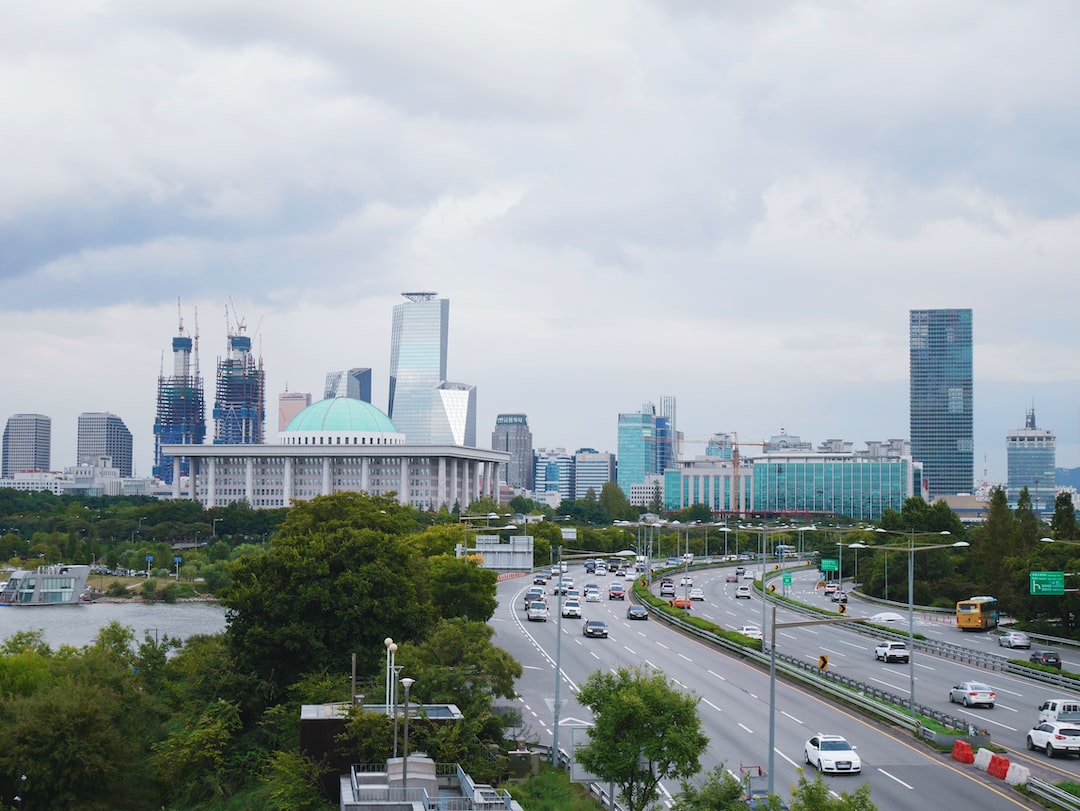Seoul’s Majestic Palaces: Understanding Korean History and Culture
Seoul, the capital city of South Korea, is a fascinating blend of modernity and tradition. The city is home to several majestic palaces that offer a glimpse into the rich history and culture of Korea. These landmarks are not only visually stunning but also serve as a testament to the enduring spirit of the Korean people.
One of the most famous palaces in Seoul is Gyeongbokgung Palace, built in the 14th century during the Joseon Dynasty. This sprawling complex is an architectural marvel, with its grand gates, ornate buildings, and beautiful gardens. Walking through its hallowed halls, one can feel the weight of history and imagine how the kings and queens of Korea once lived.
Gyeongbokgung Palace also houses the National Palace Museum of Korea, which showcases a vast collection of artifacts that tell the story of Korean royal life. From exquisite ceramics and traditional costumes to ancient manuscripts and royal portraits, the museum provides a comprehensive overview of Korean history and culture.
Another significant palace in Seoul is Changdeokgung Palace, a UNESCO World Heritage site known for its harmonious integration with the natural landscape. This palace was built in the 15th century and served as the primary residence for many Joseon Dynasty kings. Its centerpiece is the Huwon, or Secret Garden, a vast area of pavilions, ponds, and wooded pathways. The Huwon is particularly stunning during spring when the cherry blossoms bloom and create a picturesque scene.
While Gyeongbokgung Palace and Changdeokgung Palace are the most well-known, Seoul is also home to other beautiful palaces, such as Deoksugung Palace and Changgyeonggung Palace. Each palace has its unique charm and historical significance, making it worth visiting and exploring.
Visiting these palaces not only allows you to appreciate their architectural beauty but also provides a deeper understanding of Korean history and culture. It is fascinating to learn about the different dynasties and rulers that shaped Korea’s past and how their legacies continue to influence the country’s present.
Korean culture places great importance on respect and hierarchy, which is reflected in the layout and design of the palaces. The meticulous attention to detail, intricate decor, and symbolic architecture all serve as a testament to these values. For instance, the throne room in Gyeongbokgung Palace, where the kings held court, is an awe-inspiring sight that showcases the power and authority of the monarch.
Moreover, the palaces often host traditional cultural events, such as court music performances and traditional dances. Attending these performances allows visitors to witness firsthand the beauty and elegance of Korean traditional arts.
Seoul’s palaces are not only important historical and cultural landmarks but also pillars of national identity and pride. As South Korea rapidly modernized in the late 20th century, these palaces underwent extensive restoration projects to preserve their heritage. The restoration efforts were a symbol of the country’s commitment to preserving its history and cultural heritage in the face of rapid advancement.
In conclusion, Seoul’s majestic palaces offer a window into Korean history and culture. Exploring these architectural wonders, admiring their beauty, and learning about their historical significance is a must for anyone interested in gaining a deeper understanding of South Korea. The palaces showcase the enduring legacy of the Korean people and their ability to blend tradition with modernity. So, next time you visit Seoul, make sure to carve out time to visit these remarkable palaces and immerse yourself in the fascinating world of Korean history and culture.

